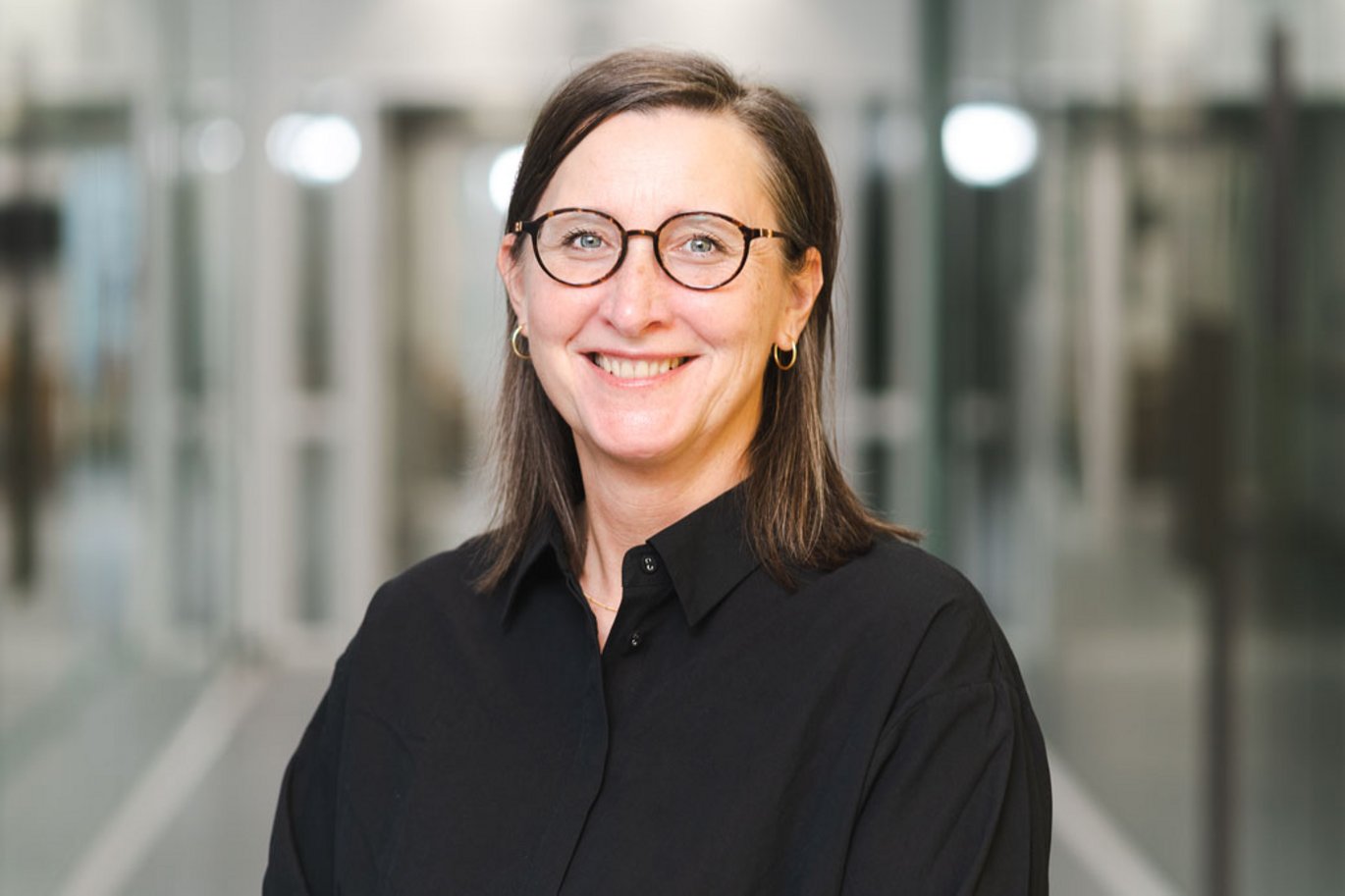Denmark's largest vascular study aims to improve treatment for patients
A new and unique national study of people with vascular diseases is now underway, with the goal of using the results to improve their quality of life and journey through the healthcare system.

The largest national study among Danes with vascular diseases is now being launched, involving all the country’s vascular surgery hospital departments. The study is led by a lecturer at the Department of Clinical Medicine and the researchleader and nurse Marie Dahl from the Regional Hospital in Viborg. She is the initiator of the study and has support from the country's leading experts in the field of vascular surgery.
This is the first time such a large and comprehensive study on vascular diseases has been conducted in Denmark. The purpose of the national study is to clarify how patients experience living with vascular disease to develop treatment options targeted at their needs and preferences.
"We want to help citizens to a better life when they are affected by vascular disease. Here, the development of new offerings is crucial. We need to gather evidence on whether the consequences of the disease for the individual patient with vascular disease are just as serious a disease as with other major public diseases. Therefore, we are now starting a comprehensive study, and we will be working on this far into the future," says Marie Dahl.
12,000 Danes are affected by major vascular diseases each year
The study is conducted as questionnaire surveys, which are linked with data from national registers. The target group for the study is the approximately 12,000 citizens who are affected each year by either atherosclerosis in the legs, aneurysm in the abdominal aorta, or atherosclerosis in the carotid arteries. Citizens will be included in the questionnaire survey as part of their course at the country’s vascular surgery hospital departments.
According to the chairman of the Danish Vascular Surgery Society and chief physician in vascular surgery, Jacob Bundtz-Lilly, the study is very welcome:
"We currently lack patient-reported results that are necessary and crucial to improve treatment for patients with a chronic and disabling condition like vascular disease. Therefore, the study is extremely interesting and will be useful for both patients and professionals," he says.
Both the physical, mental, and social aspects of vascular disease are examined
The study will provide a comprehensive picture of the consequences people with vascular diseases have. This means the physical, mental, and social burden associated with vascular diseases.
The physical burden, for example, is pain and hospitalization. The mental burden can be the risk of developing anxiety and depression. While the social burden can be that citizens with atherosclerosis in the legs may be in so much pain that they avoid going out or refrain from being social with others.
"We know today that other comparable patient groups, for example, are not as inclined to follow preventive recommendations if they have anxiety and depression. This can lead to worsening of the disease. We would like to find out if this is also the case for people who have vascular disease. In general, we would like to have a holistic picture of the person affected by vascular disease," says Marie Dahl, who continues:
"It is unique that by launching this large and comprehensive study, we collect knowledge so we can look at the three major areas within vascular surgery. At the same time, it is unique that we follow the participants for a whole year with four questionnaires. This means that when many are offered to participate in the study, it will give us access to a treasure trove of knowledge that can help us improve their course in the health care system.
Wants to improve quality of life
The goal is for Marie Dahl, together with the leading vascular surgeons in the country, to draw a comprehensive picture of what the disease burden looks like for citizens affected by vascular diseases. This picture will be used to develop new offerings that can prevent future hospitalizations. The hope is that it will ultimately ensure a better quality of life for citizens with vascular disease.
Today, there is no tool that professionals can use to assess which citizens need to go to the hospital most when they are affected by vascular disease. With the results of the study, there will also be an opportunity to develop a tool for professionals – a so-called triage and decision support tool – which they can use in dialogue with citizens.
Facts:
- The new national study within vascular diseases is named DanVasc.
- All vascular surgery hospital departments are participating in the study (i.e., the vascular surgery departments at Aalborg University Hospital, Regional Hospital Viborg, Aarhus University Hospital, Kolding Hospital, Odense University Hospital, Zealand University Hospital in Roskilde, and Rigshospitalet in Copenhagen).
- Annually, 12,000 Danes are affected by the three major and most serious vascular diseases – atherosclerosis in the legs, aneurysm in the abdominal aorta, or atherosclerosis in the carotid arteries, respectively.
- The study will consist of four questionnaire surveys, which will be linked with register data.
- The patients participating in the study will be followed for a year, during which they will continuously fill out the questionnaires.
- Marie Dahl, a nurse and research leader from Regional Hospital Viborg and Aarhus University, is the initiator and leads the study.
- You can read more about the study at DanVasc.dk
Additional information:
Nurse and research leader, Marie Dahl
Hospital Unit Midt, Regional Hospital Viborg and Aarhus University, Department of Clinical Medicine:
Phone: 2620 9926
Email: marie.dahl@midt.rm.dk